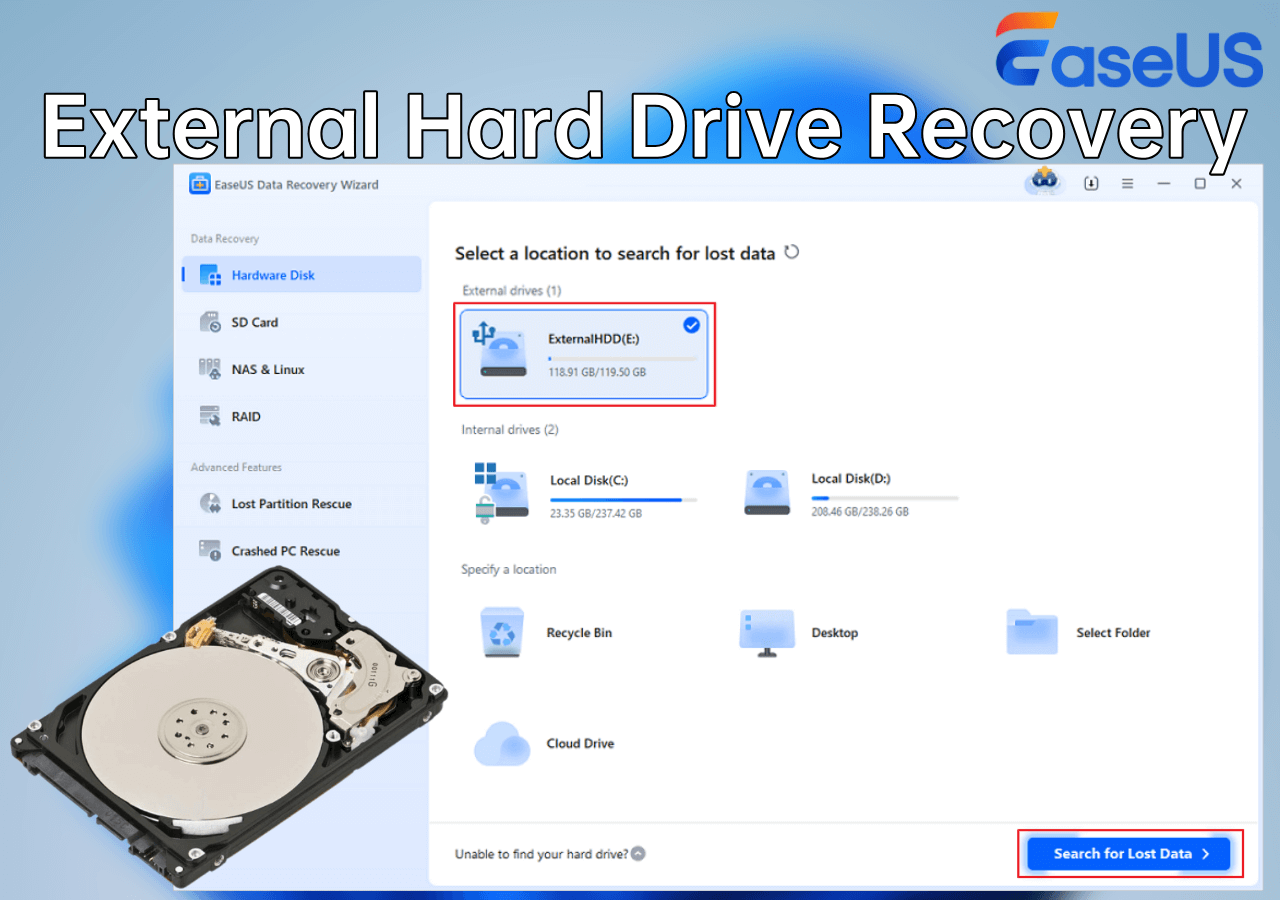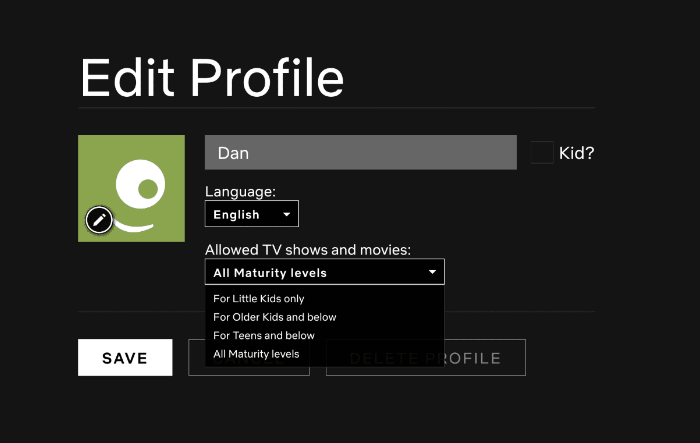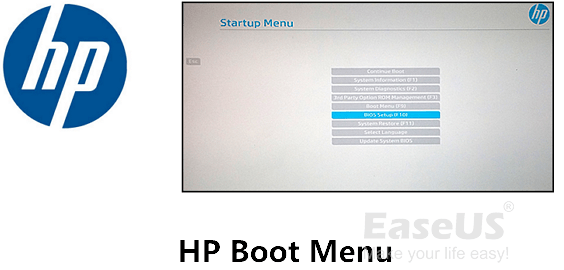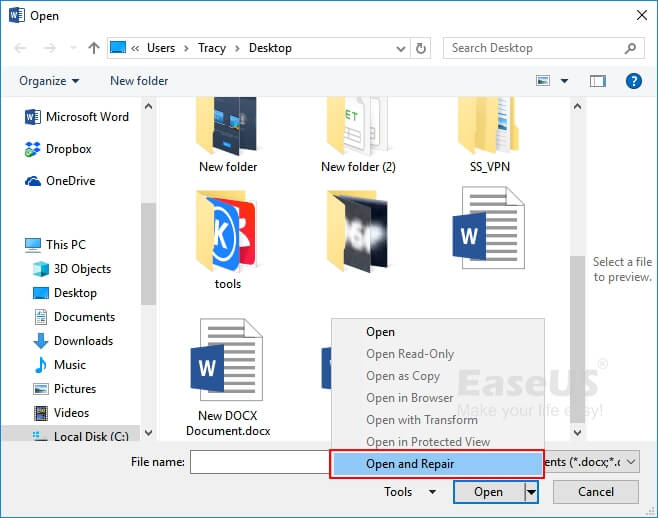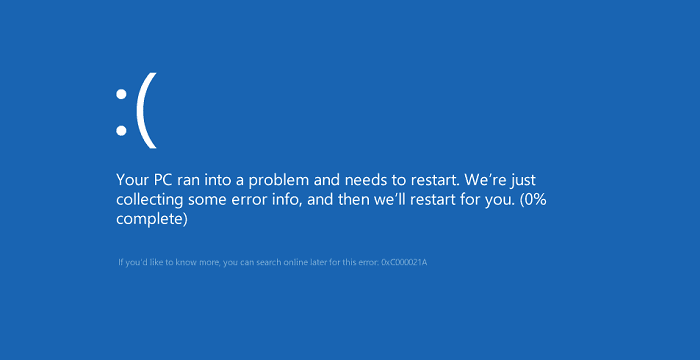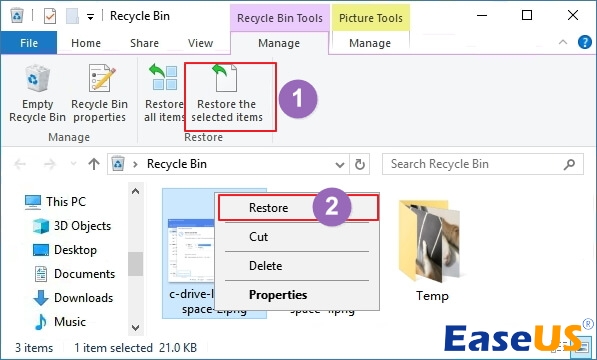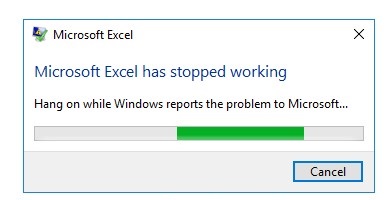-
![]()
-
![]() 8 Best Free External Hard Drive Recovery Software in 2025
8 Best Free External Hard Drive Recovery Software in 2025 December 15,2025
December 15,2025 6 min read
6 min read -
![]()
-
![]()
-
![]() How Do I Repair Docx File? [6 Fixes for Microsoft Word]
How Do I Repair Docx File? [6 Fixes for Microsoft Word] December 15,2025
December 15,2025 6 min read
6 min read -
![]()
-
![]() Your PC Ran Into a Problem and Needs to Restart in Windows 10/11
Your PC Ran Into a Problem and Needs to Restart in Windows 10/11 December 14,2025
December 14,2025 6 min read
6 min read -
![]() Recover Deleted Files from Recycle Bin [All Devices Covered]
Recover Deleted Files from Recycle Bin [All Devices Covered] December 12,2025
December 12,2025 6 min read
6 min read -
![]()
-
![]() Excel Keeps Crashing Windows 10 - All Too Easy to Handle
Excel Keeps Crashing Windows 10 - All Too Easy to Handle December 12,2025
December 12,2025 6 min read
6 min read
Page Table of Contents
PAGE CONTENT:
Keeping your Windows operating system updated is crucial for security and performance. However, when faced with update-related problems, one effective troubleshooting step is often overlooked: clearing the Windows Update cache.
In this guide, we provide the top answers and insights into the process of how to clear the Windows Update cache. By exploring this essential maintenance task, you'll gain the knowledge needed to resolve common update issues and ensure your system's optimal performance.
Stay with me to learn more!
Delete Windows Update Cache Is Safe or Not
Clearing the Windows Update Cache is a common troubleshooting practice for Windows users, often undertaken to address various system issues and enhance overall performance.
The need to clear the Windows Update Cache arises when users encounter update-related problems such as failed installations, slow updates, or error messages like 0x80080005.
The cache, which stores temp files associated with Windows updates, can become corrupted, leading to these issues. As a result, you may choose to delete the Windows Update Cache to resolve such issues and ensure a smoother update process.
Is it safe to delete temp files like update caches? In general, clearing the update cache is a safe procedure and is often recommended by Microsoft support as a troubleshooting step.
However, you should exercise caution and ensure you follow the correct methods to avoid unintentional data loss or system errors.
Here's a quick overview of the methods you can use to clear the Windows Update Cache:
| Top Methods | Editor's Review |
| This helps resolve update-related issues, ensuring a smoother and more reliable functioning of the Windows operating system. | |
| This method efficiently frees up storage space and optimizes system performance. | |
| Using Script offers an automated and systematic approach, simplifying the cache-clearing process. | |
| If you prefer a direct and command-line-based approach, this method is your go-to. |
How to Clear Windows Update Cache
Now that we know it's safe to clear the Windows Update Cache, let's delve into practical steps to execute this essential maintenance task.
We have provided a video to help you clear the Windows Update Cache:
- 01:20 Open "Services" and click "Run as Administrator"
- 01:45 Find "Windows Update" and right-click on it
- 01:46 Select "Stop"

With an understanding of why you may need to clear the Windows Update Cache, let's move on to the following steps.
Fix 1. Delete Windows Update Cache via Run Program
This section focuses on removing the Windows 11 update cache from your computer using the Run dialog box. The following guidelines offer a comprehensive overview of the procedure.
Step 1. To begin, initiate the "Run" dialog box by pressing the "Win Key + R." After that, input services.msc and press "OK," which will open the services window.

Step 2. Upon accessing the "Services (local)" window, scroll through the options to find the "Windows Update" entry.

Step 3. Double-click on the "Windows Update" entry within the "Services" window to reach its properties. Scroll down and tap the "Stop" button to temporarily halt the Windows Update services.

Step 4. With the Windows Update services successfully paused, navigate to the C:\Windows\SoftwareDistribution\Download directory. Choose all files in the folder "(Ctrl + A)" and proceed to delete them.

Step 5. After successfully removing the specified files, revisit steps 1 and 2 to access the Services window again. Locate the "Windows Update" option, double-click to open its properties, and tap on the "Start" button to restart the "Windows Update" services.

Please share this useful method with more readers to help them clear Windows update caches.
Fix 2. Use Disk Cleanup to Clear Update Caches
This outlines the basic approach to eliminate the Windows cache using the disk cleanup utility. To execute this process, let's go through the steps below:
Step 1. To initiate the disk cleanup procedure, access the search box on the taskbar and input Disk Cleanup. In the right panel, you'll find the "Disk Cleanup" app; proceed to click on "Open" to launch it.

Step 2. After opening, the "Disk Cleanup: Drive Selection" window will appear. Choose the drive you intend to clean; in this case, opt for the "C:" drive, as it contains the primary file repository.
Step 3. Next, the disk cleanup interface for the selected drive will be displayed.
Step 4. Select the "C:" drive and click "OK".

Step 5. Now, navigate to the "Clean up system files" option.
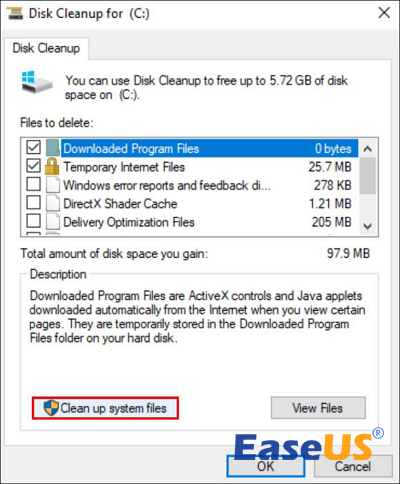
The next window will present the drives available for cleanup. Choose the hard drive (usually set to C:) from which you wish to complete the Windows update cleanup.
Fix 3. Clean Windows Update Cache via Script
An alternative method to clear the Windows Update Cache involves utilizing a script. Follow the steps outlined below:
Step 1. Launch "Notepad" and input the following code:
@Echo On
net stop wuauserv
C:
cd %Windir%\SoftwareDistribution
Type del /f /s /q Downloadpause

Step 2. Save the file on your desktop as "Cleardown.cmd".
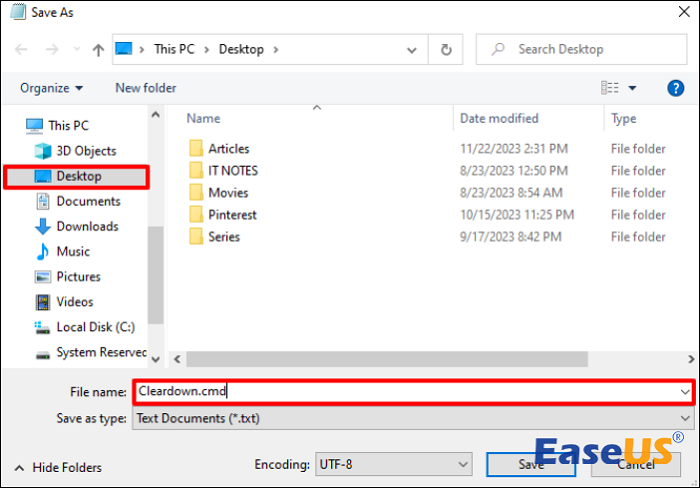
Step 3. Right-click the "Cleardown.cmd" file and choose "Run as administrator".
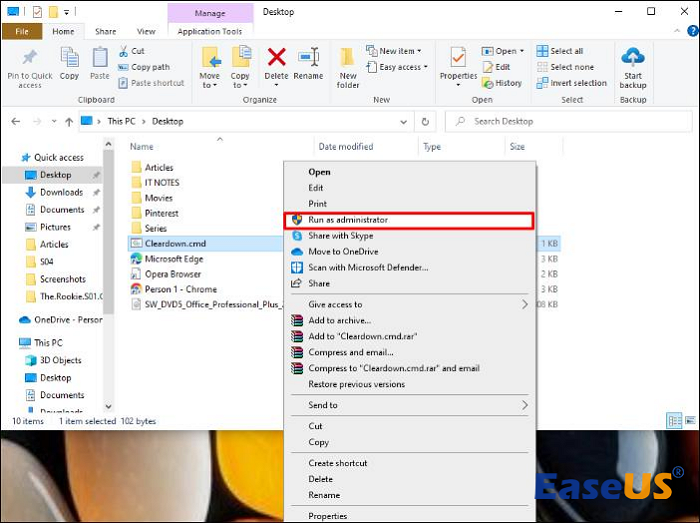
Step 4. Once the script completes its execution, it will pause, allowing you to review the output of its actions.
Fix 4. Clear Update Cache with CMD
Additionally, this is an additional alternative method to clear the Windows Update Cache, which involves using the Command Prompt. Follow these steps to finish the process:
Step 1. Press the "Win + R" keys to open the "Run" window.
Step 2. Type cmd in the bar and press "OK," which will open a dark background "Command Prompt" window.
Step 3. Type in net stop wuauserv and click "Enter".

Step 4. Type C: and press "Enter".

Step 5. Input the command cd %Windir%\SoftwareDistribution and press "Enter".
Step 6. Finally, enter the command del /f /s /q Download and press "Enter".
🔺To reset the Windows Update Cache through an elevated Command Prompt, type in the commands below one after the other, pressing "Enter" after each:
- net stop wuauserv
- net stop cryptSvc
- net stop bits
- net stop msiserver
After stopping the services, proceed with the following commands to initiate the reset:
- ren C:\Windows\SoftwareDistribution SoftwareDistribution.old
- ren C:\Windows\System32\catroot2 Catroot2.old
Upon completing the above steps, restart the Windows Update processes by entering the following commands:
- net start wuauserv
- net start cryptSvc
- net start bits
- net start msiserver
Once these processes are finalized, reboot Windows 10 or 11. This process not only resets the Windows Update Cache but also clears any existing cache on your computer. If some of your friends encounter a Windows update that is not working, these methods may help. You can share this page with them!
Restore Accidental Deleted Files and Folders with Software
In the unfortunate event of accidental file deletion, users can rely on the robust capabilities of EaseUS Data Recovery Wizard to salvage their valuable data.
This versatile recovery tool proves invaluable in various scenarios, such as unintentional deletions, disk formatting, or even data loss due to system crashes. With its powerful and reliable features, EaseUS Data Recovery Wizard stands out as a trusted solution for users seeking to recover deleted files and folders.
The tool ensures you are equipped not only to address update cache issues but also to safeguard your data against unforeseen mistakes. You can also recover temporary files with this functional recovery tool.
Now, let's get into the step-by-step process of utilizing the EaseUS recovery tool to recover deleted files in Windows 11 or other versions.
Step 1: Install and Launch EaseUS Data Recovery Wizard
Download and install the recovery software from the EaseUS official website, then open it on your computer or laptop.
Step 2: Scan and Select Deleted Files
Choose the hard drive or partition where the deleted files located and click "Search for Lost Data". After scanning, preview and select the deleted files you want to recover.
Step 3: Choose Location and Recover Deleted Files
Click "Recover" and choose a location to save the files (preferably on a different drive), and click "OK." Check the recovered files in the chosen folder.You can choose a cloud storage, such as OneDrive, Google Drive, etc., and click "Save" to save your recovered files.
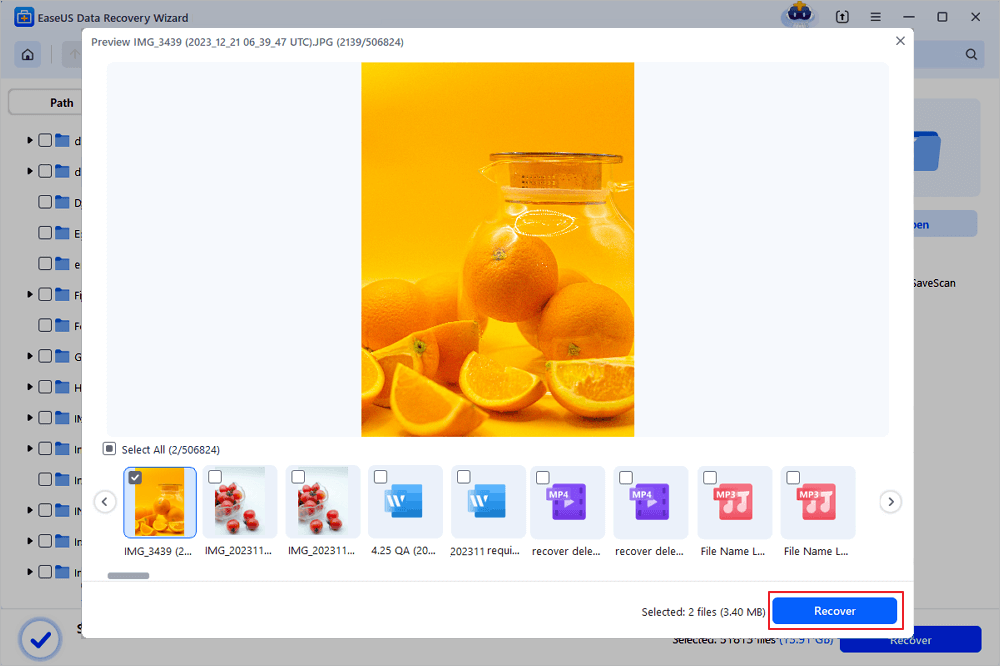
If you've found this guide on restoring deleted files helpful, don't keep it to yourself! Share this page on your social media to help others clear the Windows Update Cache effortlessly.
Summary
In conclusion, clearing the Windows Update Cache is a vital troubleshooting step to ensure the smooth functioning of your operating system.
Throughout this article, we explored various methods, including using the Disk Cleanup utility, employing scripts, and utilizing the Command Prompt.
These approaches empower users to address common update-related issues and maintain the optimal performance of their Windows systems.
If you encounter persistent challenges or unforeseen complications during the cache-clearing process, we highly recommend considering the use of our recovery software.
EaseUS Data Recovery Wizard is designed to efficiently address a wide range of system issues, providing a comprehensive solution to enhance the overall health and performance of your Windows environment.
Windows Update Cache Clean-up FAQs
If you have more questions about how to clear the Windows Update Cache, here are some more details on the topic. Take a look:
1. Is it safe to delete cached Windows updates?
Yes, it is safe. The cache folder may occasionally contain corrupted files or bugged updates, causing disruptions in the update process and triggering various errors. If this happens, clearing the Windows Update Cache is advisable. Doing so eliminates outdated update files and helps address potential issues arising from problematic or corrupted data.
2. What is the easiest way to clear the Windows update cache?
The easiest way to clear Windows Update Cache is through File Explorer. To do this:
Step 1. Begin by entering "File Explorer" in the Search box to access it.
Step 2. Locate and right-click on "Local Disk (C)," then select "Properties."
Step 3. Proceed to click on "Disk Clean-up," and later, choose the "Clean up system files" option.
3. How do I clear the update cache without CMD?
If you prefer not to use CMD, you can try alternative methods such as using the built-in Disk Cleanup utility, using Script to clear update cache, and finally, using the Run Program.
Was this page helpful?
-
Cedric Grantham is a senior editor and data recovery specialist of EaseUS. He mainly writes articles and how-to tips about data recovery on PC and Mac. He has handled 10,000+ data recovery cases and is good at data recovery of NTFS, FAT (FAT32 and ExFAT) file systems, and RAID structure reorganization. …
-
Dany is an editor of EaseUS who lives and works in Chengdu, China. She focuses on writing articles about data recovery on Mac devices and PCs. She is devoted to improving her writing skills and enriching her professional knowledge. Dany also enjoys reading detective novels in her spare time. …

20+
Years of experience

160+
Countries and regions

72 Million+
Downloads

4.9 +
Trustpilot Score


Free Data
Recovery Software
Recover data up to 2GB for free!

